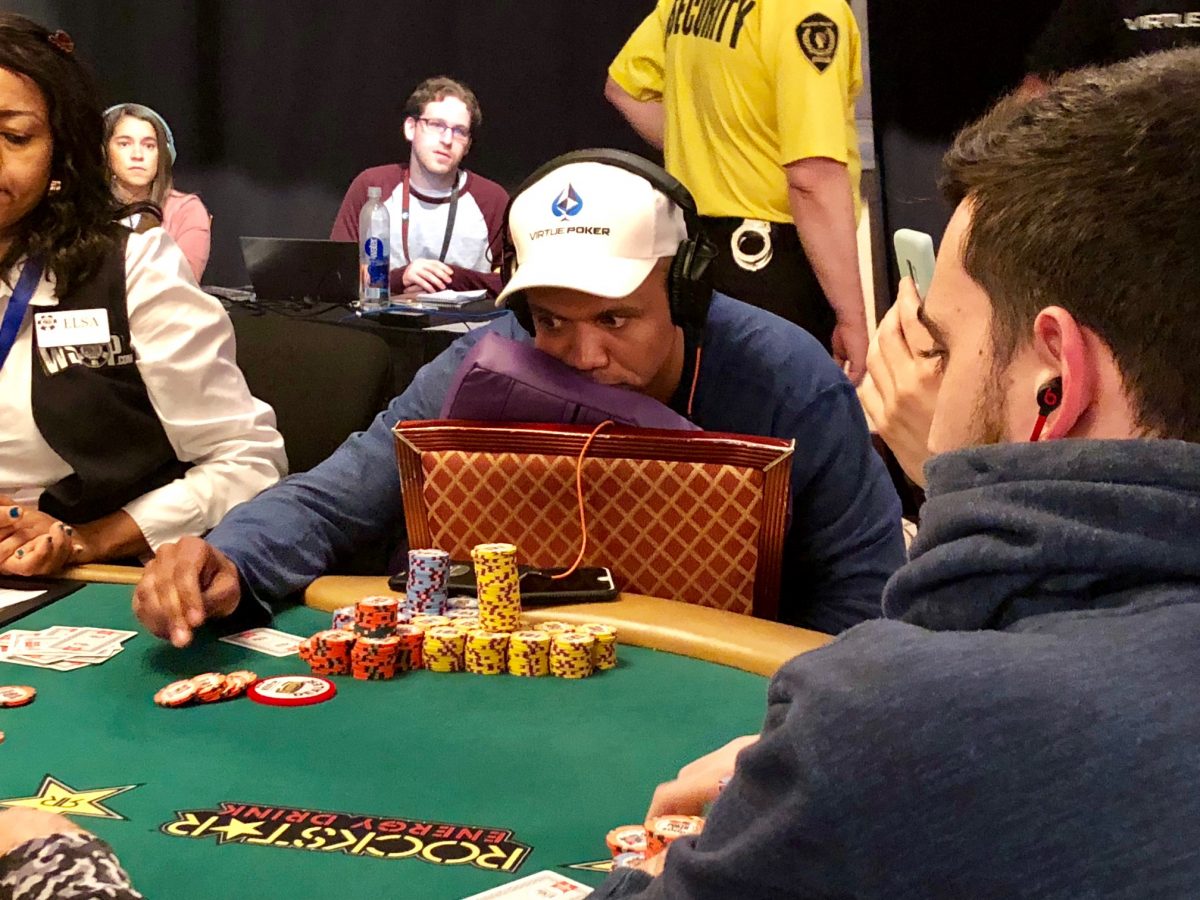
Despite your best efforts, your bluffs are getting called, and that monster hand you were banking on unfortunately got crushed by someone else’s full house. Oh no.
After losing multiple games week after week, you feel the frustration starting to creep in. What’s your next line of action? Since you already think that luck is no longer on your side, giving up seems to be the easiest option for you.
However, instead of throwing in the towel, you can regroup by familiarising yourself with one vital aspect of poker — position!
You may have accidentally overlooked this subtle (yet powerful) element, not knowing that you can use it to turn the tides in your favor.
But, luckily, that’s about to change. Ready to learn why position matters so much in poker and how it can help you elevate your game?
Keep reading!
This refers to where you’re seated relative to the dealer button, which rotates clockwise around the table after each hand.
Being “in position” in poker means you’re one of the last players to act in a betting round and this gives you a huge strategic advantage.
For example, in a game such as Texas Hold ’Em, being in a late position (such as the button or the cutoff) allows you to see how players in earlier positions — those who acted before you — have bet, raised, or folded.
If you’re an experienced poker player, you already know that most games are either played in a 6-handed or 9-handed format.
In a 6-max poker table, there are six different positions:
In contrast, a 9-handed table has three extra positions are introduced:
These positions are typically categorized into early, middle, and late positions. Early positions are immediately to the left of the big blind, middle positions are a few seats over, and late positions are the closest to the dealer button.
Confused? Let’s clear it up for you.
Early positions include:
Middle positions include the seats immediately following the early positions; they’re a bit more flexible:
Late positions are the most coveted at the poker table, and rightly so. They include:
Blinds are forced bets placed by players to the left of the dealer button to build the pot before any cards are dealt:
If you want to rake in more success as a poker player, you need to get familiar with each position in the game.
Yes, playing “in position” poses more strategic benefits, but the other half (very important) of the equation is grasping the importance of all poker positions.
Let’s check out why.
Each position at the poker table requires a different strategy and approach. The early positions, as you’ve seen, demand tight play because acting first without knowing other players’ actions automatically puts you at a disadvantage.
Even though the middle positions give room for players to act more flexibly, the late positions are undoubtedly the most beneficial.
When you’re acting last, you’ve already watched how the others have played their hands. Did they check? Bet small? Go all-in? This tells you a lot about their possible hands and helps you make more informed decisions. And with more informed choices come more money!
Your position also affects which hands you should play. For example, you’ll typically need stronger hands to open from early positions. Why? Well, it’s because you’re highly likely to face equally strong hands from players yet to act.
But, that’s not the case when you’re in a late position. Here, you can play a wider range of hands because you know more about your opponents’ actions and can even exploit their weaknesses.
Your position also impacts your ability to control the size of the pot. In later positions, you can manipulate the pot size more effectively by choosing to bet, raise, or check based on the actions of those who act before you.
However, in an early position, you might need to fold more often to avoid escalating the pot with marginal hands.
Bluffing is easier than ever when you’re in a later position. Because you’ve seen how everyone else played, you can pick the perfect moments to bluff.
Nevertheless, if you’re out of position (acting from early or middle positions) you’d be on guard knowing that you’re more susceptible to bluffs. Plus, you’d know that it’s not advisable to likely to bluff since you have lesser insights about their hand strength and intentions.
Pot odds are the ratio between the current size of the pot and the size of the bet you’re facing. Basically, these odds help you know if calling a bet is worth it based on how much you could win compared to how much you need to bet.
When you’re in position, you get to see what the other players are doing and how much they’re betting before you make your move.
With this extra info in your armory, you can better calculate your pot odds and make smarter choices about calling, raising, or folding.
But if you’re out of position, you might have to make these decisions without knowing what the players after you will do, which means you have to be extremely careful.